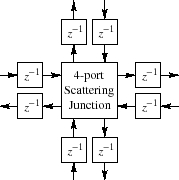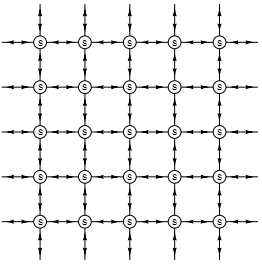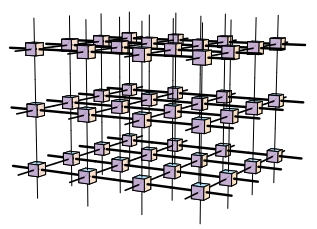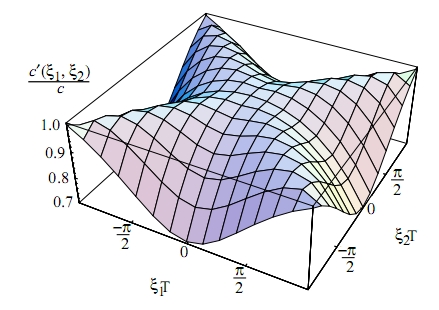


What Works
|
What Doesn't Work
|
The digital waveguide mesh is an extension of the 1-D digital waveguide into 2D, 3D or N-dimensional models. A digital waveguide mesh can also be thought of as a "finite difference method" for calculating the solution of the wave equation &emdash; figuring out how a pressure disturbance moves through a medium. The 1D digital waveguide uses the simple concept that a delay line can represent the propogation of a wave over time. It is useful for modelling the travel of transverse waves across a 1-Dimensional string, and is the foundation of the familiar Karplus-Strong string model.
The waveguide mesh is useful for physical modeling of virtual room modelling to predict the acoustic response of an architectural space. It is also used to physically model instruments.
 A single scattering junction
|
 2-D waveguide mesh
|
 3-D waveguide mesh
|
In its extension into 2 or 3D, the functional elements of the mesh are scattering junctions connected by delay lines. The digital waveguide mesh is commonly used to model wave propogation on the body of an instrument, through the vocal tract, or throughout a room. When a signal is generated at a point on the mesh, the wave spreads out from the point just like a ripple on the surface of a pond. In a way, digital waveguides illustrate Huygen's principle, as the scattering junction acts as a discrete wave source when a wave travels over it.
 High frequencies travel slower along the grid axis
|
One attractive feature of the waveguide mesh is that its calculation is easily parallelized.
Matt Montag 2010